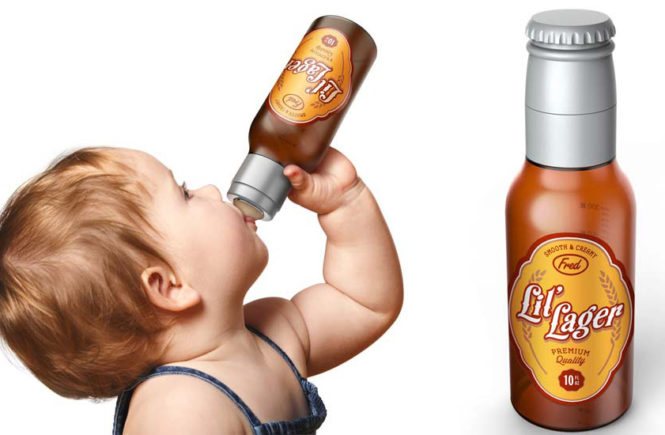
If our fathers, grandfathers and jaded detectives in the movies are to be believed, beer was meant to be drunk directly from the bottle. Who needs a glass? It’s just an extra dish to wash!
But like so many of the decisions of previous generations, we now realize that this is a truly terrible idea.
By drinking your beer straight from the can or bottle, you are diminishing it by two very significant ways, mainly by not being able to see it and by not being able to smell it. Appearance—such as clarity (or lack thereof), carbonation, head retention and lacing—is an important component to assessing and appreciating a beer. Even more important to enjoying beer is the aroma. Science has shown that aroma plays a large part in the human flavour experience. In order to appreciate a beer’s aroma, and ultimately its flavour, it needs to be decanted into a vessel that releases the carbon dioxide and the stored aroma compounds. That gorgeous IPA you’re drinking will not be the same coming directly from the bottle. Unless, of course, you really don’t want to smell the beer. My dad’s favorite beer, for instance, I do not recommend pouring into a glass because it smells like cat barf, despite my father’s stubborn brand loyalty.
So it’s settled, then. A glass it is. But what glass should you use? There are plenty of helpful guides for what glass to use with what beers, such as at the beginning of every issue of The Growler. But maybe that much glassware seems a bit too much to start.
A simple way to start a beer glass collection is with a two-glass system. One glass, something like a pint glass, is for your everyday, session strength beers and another, say a tulip or a snifter, for your big or fancy beers. If you wanted to be even more pragmatic, you could just use the glass that has been widely considered the best glass to assess any alcoholic drink, the big wine glass. But even your beer nerd friends might roll their eyes if you start walking around house parties with your big wine glass full of beer.
The two-glass system begins to show its flaws fairly early, however, when is comes up against one specific beer style and that is the hefeweizen. German weiss beers demand a weiss glass. Hefeweizen creates a huge, billowing head when poured and any other glass but a weiss vase will force you to stop pouring before you get a proper amount of beer. Plus, when it comes to being a modern beer fan, exploring and discovering all the crazy new beers on the shelves, who wants to be pragmatic? One of beer’s great, yet sometimes overlooked, joys is the joy of exploring beer glassware.
Two of the best places to explore and expand your glass collection are the thrift shop and your local craft brewery. Thrift and antique shops often offer a bounty of funky beer glasses and remind us of beer’s long history but also of its ephemeral nature.
On the other hand, you can learn a lot about a brewery by the glassware they sell. If you see a bunch of pint style glasses good for session strength beers, that’s probably what many of the beers will be as well. Alternatively, if you see a lot more fancy stemmed glasses, like the tulip, the Teku or others, you can bet that the brewery will be brewing something appropriate for them. It is odd how much a branded glass with an appropriate beer from one of your favourite breweries seems to make the beer better.
It is important to remember that there is no point in being too pedantic when it comes to glassware. Certain styles definitely seem to work better with certain styles of glasses. However, your favourite brewery is going out of their way to break all the rules and you should probably do the same with your glassware, at least once or twice.
Or you could drink your beer straight out of the can, like a teenager on their first camping trip without their parents. Yes, you could do that. But now you know better.




